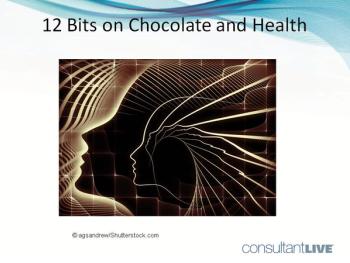
Is eating chocolate good for your patients’ health or bad? Savor these slides for a concise summary of this favorite food’s medicinal pros and cons.

Is eating chocolate good for your patients’ health or bad? Savor these slides for a concise summary of this favorite food’s medicinal pros and cons.

These slides summarize the latest sun safety dos and don’ts, providing the most sound and sensible patient education recommendations under the sun.
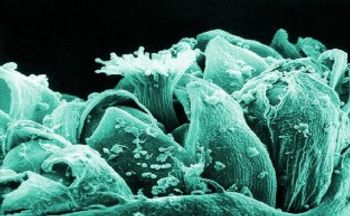
Asthma and allergy symptoms, lupus, Lyme disease, Rocky Mountain spotted fever, southern tick–associated rash illness-several seasonal disorders are brought to light in this concise slideshow.
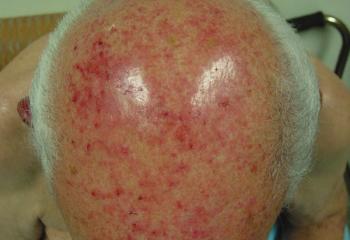
Phototoxicity, venous lakes, polymorphic light eruption, keratoacanthhoma-this photo essay brings common solar scourges into focus.

Diseases of the nervous system and sense organs-particularly eye and ear disorders-are prime diagnoses that bring patients to your primary care practice.
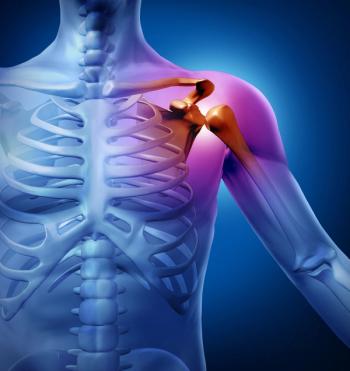
For key facts and figures about musculoskeletal disorders, perhaps a surprise as the fourth leading diagnostic category in primary care, see the pages that follow.

Researchers discovered 16 new birth month–disease associations, more than half of them cardiovascular, contributing to better understanding of lifetime disease risk.
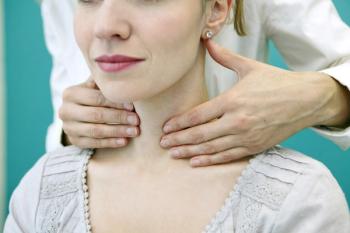
Diabetes, obesity, hyperlipidemia, hypothyroidism-these endocrine disorders and others are major reasons why patients come to you. Find out what you know, and don’t know, here.

About one-third of US adults have high blood pressure, the leading diagnosis in primary care. Find the latest news about advances in hypertension research in the pages that follow.
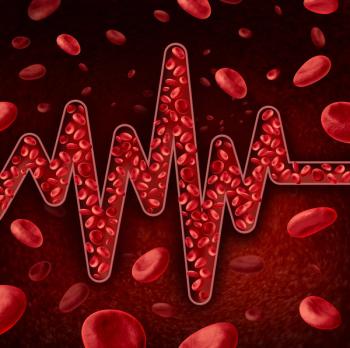
Hypertension, the “silent killer,” is the leading diagnosis in primary care, and several other circulatory disorders are bringing patients to your practice. Here are the particulars.

Respiratory disease is the main reason why patients visit primary care practices. This brief summary highlights the latest in research and patient care.
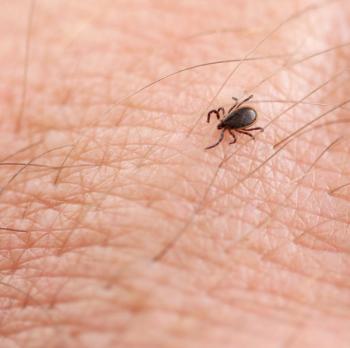
Warmer weather has arrived, and with it the season of tick-borne illnesses. Here’s the latest about Lyme disease and some surprising new scourges of spring.
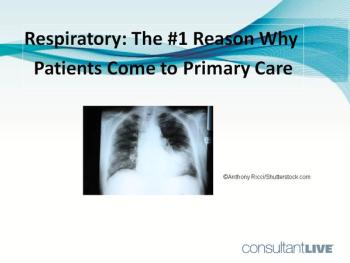
This slideshow highlights facts and figures about the number 1 diagnostic category in primary care.

Heart scans to ID stroke risk, insomnia reduces quality of life, air pollution may be a cause, women think of stroke as a man’s disease-see these and other developments in stroke science and patient care.
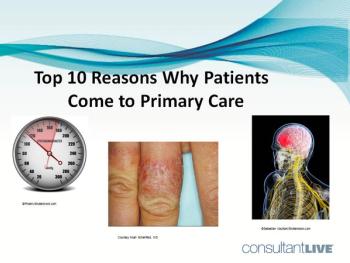
What brings patients to your office-and not the specialty office down the street? Insights in this slideshow.
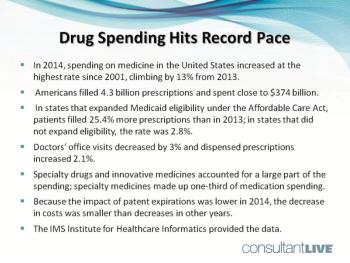
Get highlights in 6 slides of headlines that made news this week: billions spent on medicine; patient myths about opioids; heart and lung health; transparency in research.
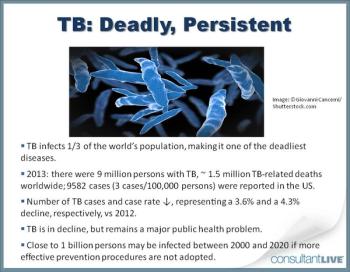
Tuberculosis, measles, and influenza have declined over the years but not gone away. See the slides that follow for key facts and figures on the current state of these ongoing public health threats.



Take this 3-question mini-quiz to see if you’re up-to-date on diabetes and breast cancer risk, gestational diabetes and depression, and sedentary time and diabetes development.
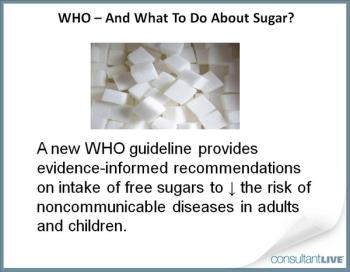
Evidence-based recommendations on the intake of free sugars to reduce the risk of noncommunicable diseases are the ingredients of a new WHO guideline. Find the recipe in these slides.
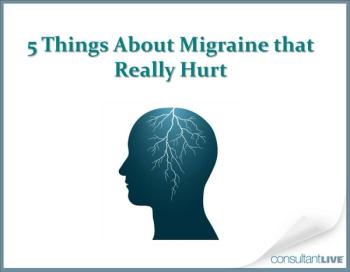
Better understanding of migraine causes and related issues could result in enhanced patient care and prevention, but clinicians face some serious challenges-here are 5.

Properly accredited CME replaces computer modules and repeated examinations in this roadmap for continued board certification and optimal lifelong learning.

Recommendations from the American Diabetes Association also suggest a less stringent diastolic blood pressure target, all in keeping with recent changes in cardiovascular risk management guidelines.
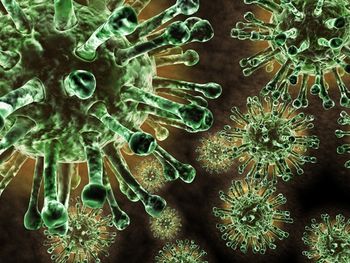
Younger antiretroviral therapy enrollees differ from older ones in demographic and clinical characteristics and are at higher risk for loss to follow-up. But interventions could reduce mortality and incidence.
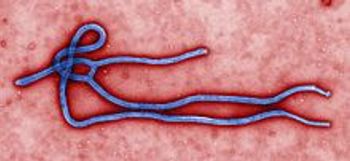
The guidelines establish consistency for emergency care workers and reflect lessons learned from the recent experiences of US hospitals.
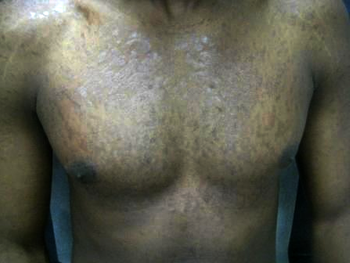
Allergic contact dermatitis, drug-induced hypersensitivity syndrome, Stevens-Johnson syndrome, metastases to the skin, tinea versicolor, lichen spinulosus-a look at cutaneous conditions and their underlying causes.
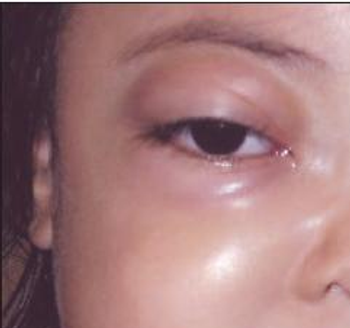
Optic nerve dysfunction and neurosarcoidosis, orbital inflammatory syndrome, herpes simplex conjunctivitis, iritis caused by neurosyphilis, proptosis-a close look at ocular conditions and underlying causes.
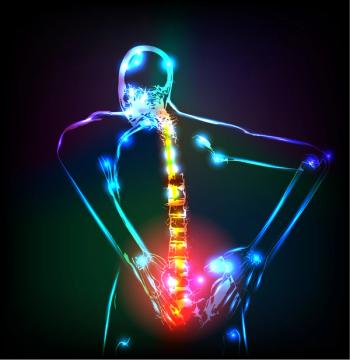
Chronic pain and psychological interventions, complex regional pain syndrome, spinal fractures and low back pain, acute gouty arthritis, Chiari I malformation, Dengue fever, erythema nodosum-a look at pain in its many shapes, sizes, and locations.
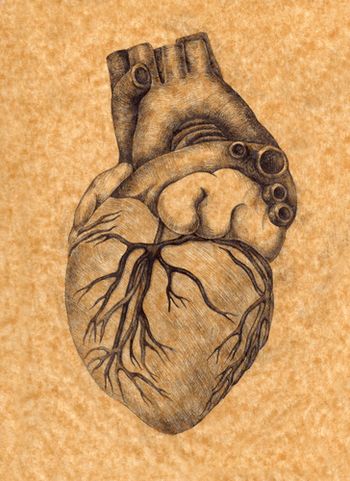
Hypertension and diabetes, hypertension and stroke/dementia, renal artery stenosis and hypertension in children, pulmonary arterial hypertension, portal hypertensive gastropathy, central retinal vein occlusion-a close look at some common hypertension-related conditions.